In some destinations, tourism isn't just about sun and sea. There are less explored regions that, despite being discreet, 'hold' unique characteristics. This region in Portugal is one of those places that is now capturing the attention of British tourists seeking natural landscapes and different experiences, over the Algarve.
The Costa Verde
With a mountainous coast, preserved beaches, small bathing resorts, and pilgrimage trails, the Costa Verde has remained off the radar for many British visitors, who usually choose the Algarve for holidays.
This region receives far fewer British tourists than the Algarve, at all times of the year, however, the scenario is changing.
There is a noticeable increase in the influx of British tourists during the warmer months, especially between June and September, as reported by the Daily Express.
Cool climate and nature
Northern Portugal does not share the dry and prolonged climate of the south. Winters are wetter and harsher, but summer offers mild temperatures and drier days. According to the same source, this is the best time to visit, with average temperatures of 18°C and little precipitation.
The rugged geography and the influence of the north wind make the weather unpredictable. Morning fog is frequent and can extend until midday.
Therefore, it is advisable to plan activities with flexibility, according to the recommendations of the same source.
Options for weekends or extended holidays
The Costa Verde can be both a weekend getaway and a destination for two weeks of rest. For short stays, the same source recommends choosing a single location and making the most of what it offers.
Póvoa de Varzim, for example, is known for its casinos and golf courses. The beach of Ofir provides walks along the dunes, while Afife attracts surfers.
Simple access and good connections
Porto marks the southernmost point of the Costa Verde, which facilitates access. The red metro line reaches Póvoa de Varzim, a good base with beaches and surf areas, as mentioned above.
Regional trains allow travel between Campanhã station and the village of Caminha, near the border with Spain, on a journey of about ninety minutes.
Wild beaches and pilgrimage trails
The beaches of this region stand out for their wilder nature, the previously mentioned source states. The coast is 'cut' by estuaries that shape the sands and 'create' landscapes, often framed by hills and dunes with pine trees.
Azurara is pointed out as an accessible place for families, with a long beach and gentle waves. Ofir Norte is more isolated, with fine sands shaped by the influence of the Cávado River.
Among the highlights indicated by the publication is the Arda beach, near Vila Praia de Âncora.
The region also attracts hikers, according to the Daily Express, as part of the Camino de Santiago passes through there. This pilgrimage route connects Lisbon to Santiago de Compostela, in Spain. It can be followed from several coastal towns of the Costa Verde.
Local wine
The most appreciated trails include the forest area north of Castelo do Neiva, with oaks and pines, and the boardwalks over Afife beach. To end a day of hiking, you can bet on tasting the local wine.
Between the wines of the Douro Valley and those of northern Spain, you'll find the green wine of the Costa Verde. This fresh and citrusy wine is gaining recognition, especially for the innovative varieties cultivated in the region.













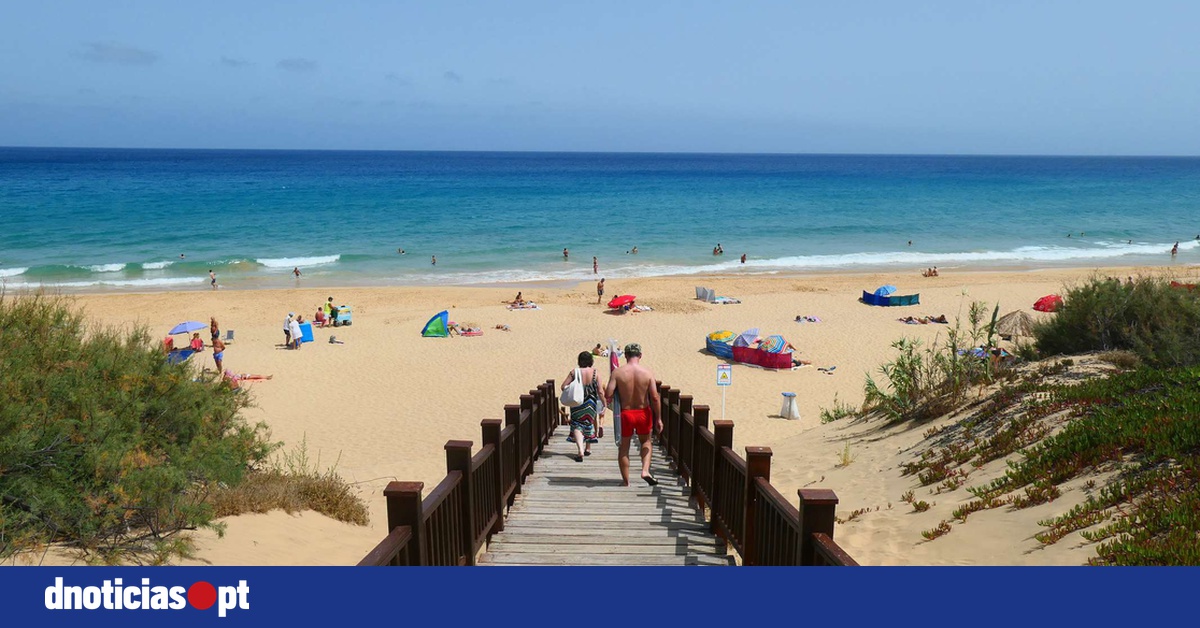

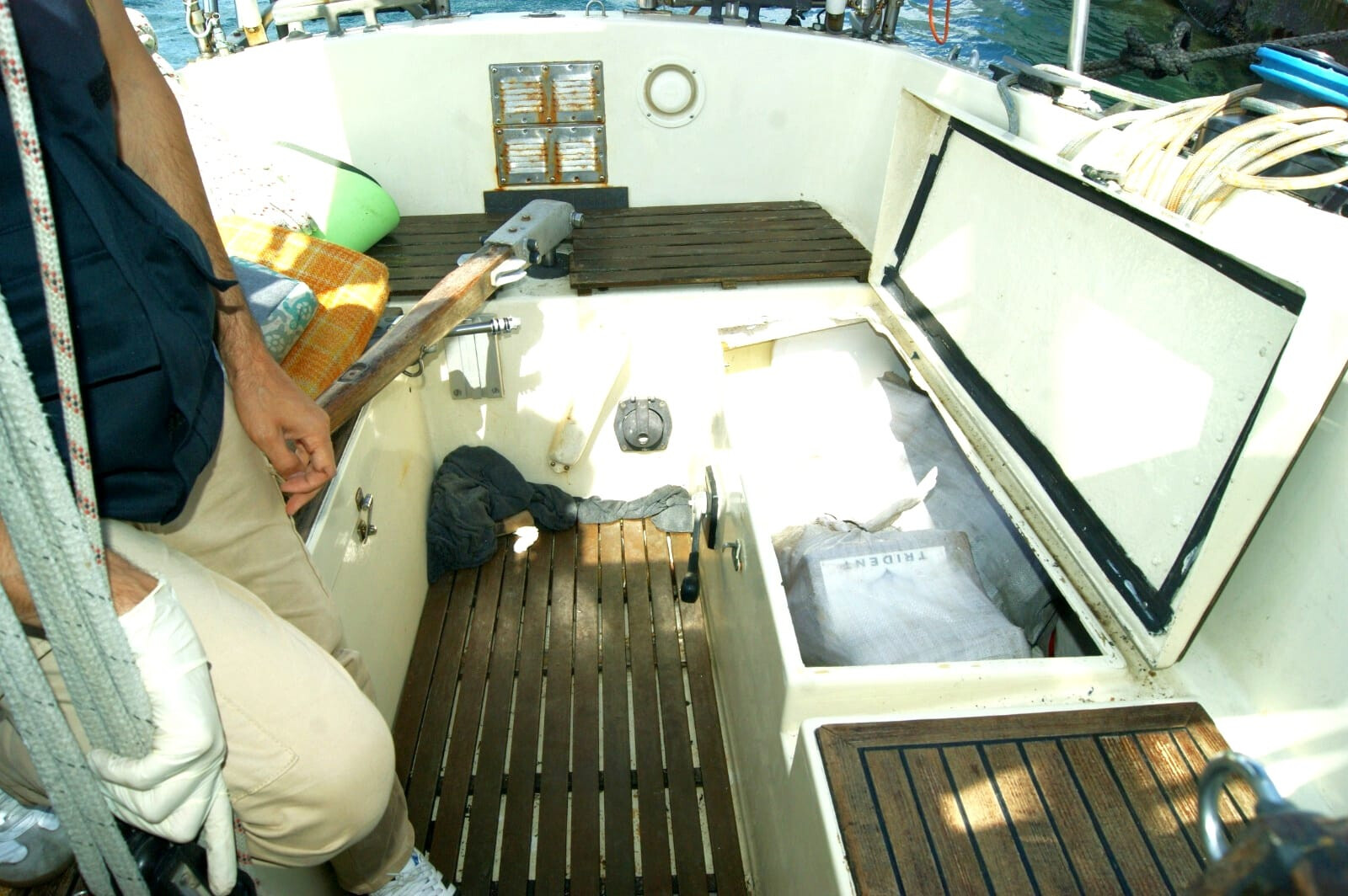






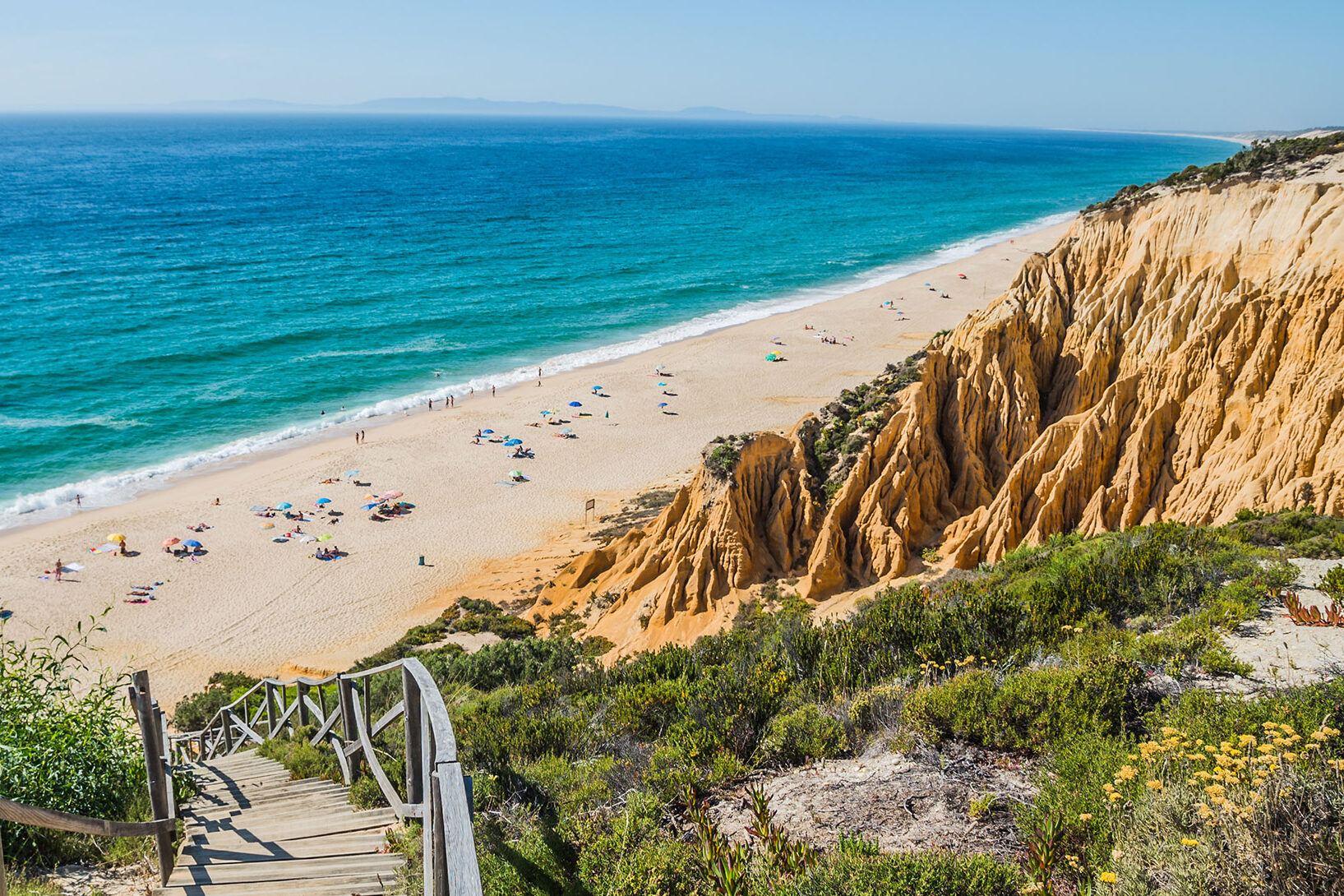

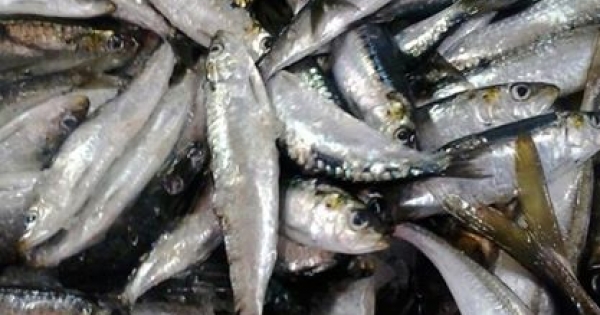
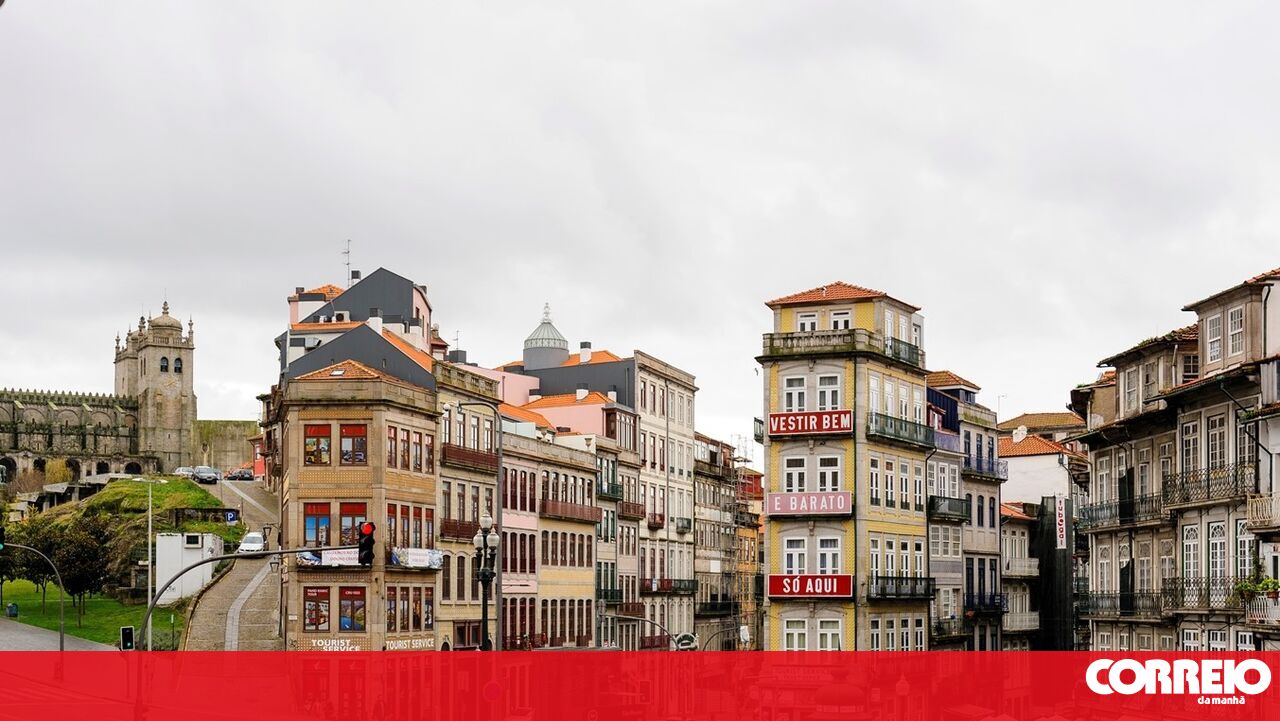





Comments
Join Our Community
Sign up to share your thoughts, engage with others, and become part of our growing community.
No comments yet
Be the first to share your thoughts and start the conversation!